Augmented Reality Advertising in Autonomous Vehicles: A New Era in Location-Based Promotions
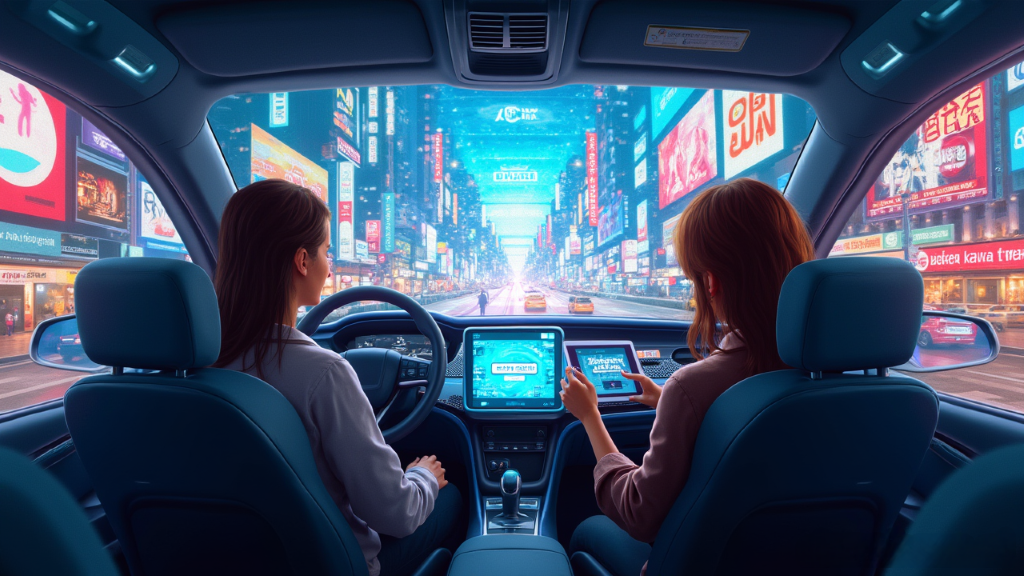
The rise of autonomous vehicles (AVs) is revolutionizing transportation, and alongside this shift, a new frontier in advertising is emerging: augmented reality (AR) advertising. By leveraging AR technology, advertisers can deliver dynamic, location-based promotions to passengers in self-driving cars, creating a personalized and immersive experience. This article delves into the potential of AR advertising in AVs, exploring the underlying technology, use cases, and the future of this game-changing medium.
Understanding AR Advertising in Autonomous Vehicles
AR advertising integrates digital content with the real-world environment, overlaying information, visuals, or offers onto the user’s view through an AR interface. In the context of AVs, AR screens or head-up displays (HUDs) within the vehicle can project advertisements tailored to the passenger’s surroundings, preferences, and real-time location.
Autonomous vehicles, equipped with advanced sensors and geolocation technology, provide a perfect platform for AR advertising. These vehicles can recognize landmarks, retail stores, and other points of interest as they navigate, enabling advertisers to target passengers with hyper-localized promotions.
For example, as an AV drives past a shopping mall, passengers might see a promotion for a flash sale at a specific store, complete with AR visuals showing the store’s layout or product previews.
The Power of Real-Time, Location-Based Advertising
Traditional advertising methods often rely on static placements or generalized targeting. AR advertising in AVs disrupts this model by delivering real-time, context-aware promotions. According to a study by Statista, 74% of consumers are more likely to respond to location-based advertisements, making AR in AVs an incredibly potent tool.
1. Hyper-Personalization: Passengers can receive ads tailored to their preferences, based on data like shopping history or social media activity. For example, a coffee enthusiast might receive an AR coupon for a free latte at a café en route.
2. Seamless Integration: Unlike intrusive pop-ups, AR ads feel natural, as they integrate with the environment outside the vehicle. Passengers could see virtual storefronts, restaurant menus, or upcoming event promotions layered over the real-world view.
3. Dynamic Engagement: AR enables interactive elements, such as clickable deals or 3D visuals. Passengers might explore a new movie’s trailer by tapping on an AR billboard or navigate an AR map to locate a nearby store.
Examples of AR Advertising in Action
Several companies are already exploring AR applications in vehicles:
WayRay and Porsche: WayRay, an AR company, partnered with Porsche to develop AR HUDs that overlay navigation, points of interest, and promotions onto the windshield. These systems could evolve to include branded advertisements, such as restaurant recommendations with discounts.
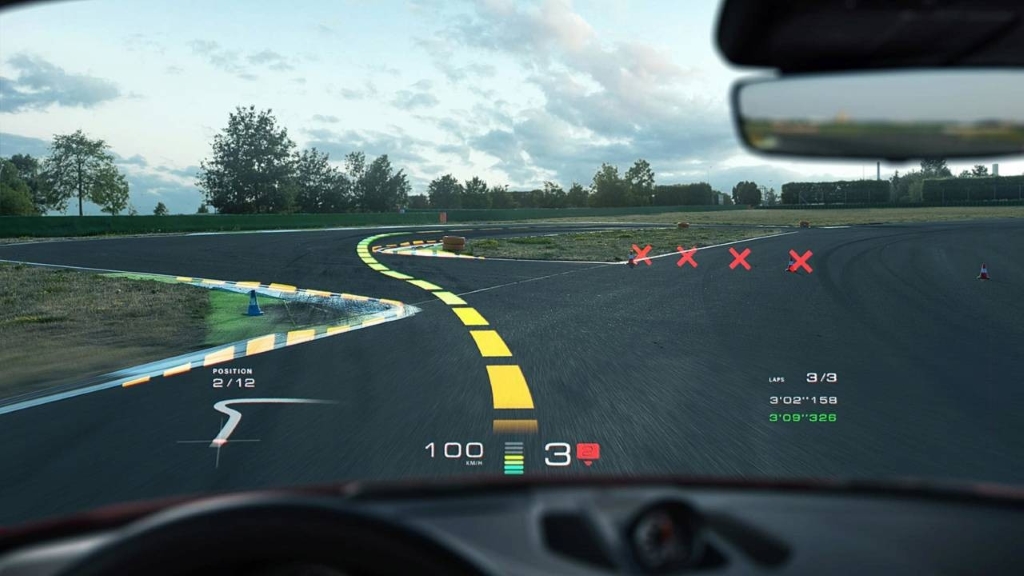
Lyft and Disney: In 2021, Lyft collaborated with Disney to create AR experiences for riders promoting Disney+ shows. Riders could interact with characters or explore fictional worlds through their smartphones. Similar concepts can be scaled to AVs with in-car AR systems.
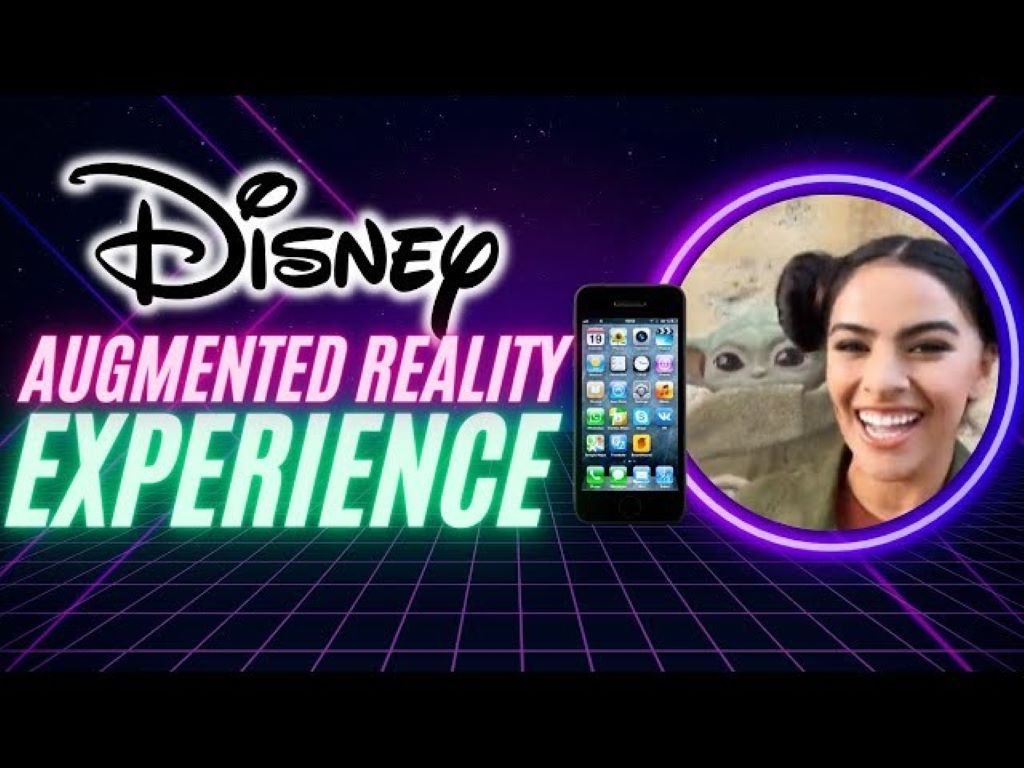
Alibaba’s AR Commerce: Alibaba introduced AR shopping features that allow users to try on clothes or visualize furniture in their homes. In AVs, this could translate into passengers virtually trying on products they see in AR advertisements as they pass retail stores.
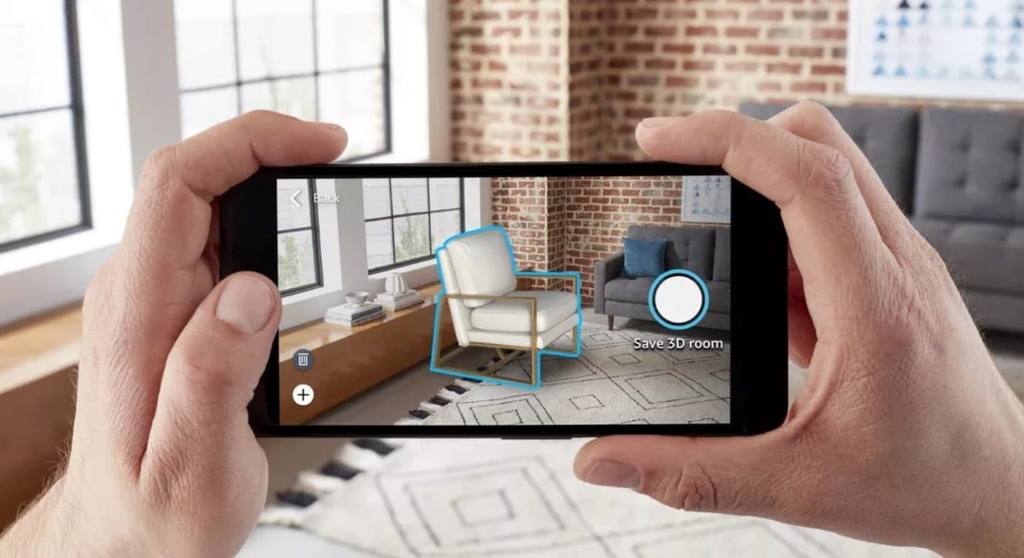
Benefits for Brands and Businesses
For advertisers, AR in AVs offers several advantages:
1. Increased ROI: Location-specific ads ensure high relevance, leading to better engagement and conversion rates. A Harvard Business Review study found that context-aware advertising boosts ad effectiveness by up to 80%.
2. Enhanced Brand Experience: AR creates memorable interactions, helping brands stand out. For example, a virtual character guiding passengers to a nearby amusement park can leave a lasting impression.
3. Real-Time Analytics: By tracking passenger interactions with AR ads, businesses can gain valuable insights into consumer behavior, refining future campaigns.
Challenges and Solutions
Despite its potential, AR advertising in AVs faces some hurdles:
1. Privacy Concerns: Collecting and using passenger data raises privacy issues. To address this, companies must ensure compliance with data protection regulations like GDPR and allow users to opt in or out of personalized advertising.
2. Cost of Implementation: Installing AR-capable HUDs or displays in AVs can be expensive. However, as AR hardware becomes more affordable, economies of scale are likely to reduce costs.
3. Content Overload: Overloading passengers with ads could lead to fatigue. Careful curation and relevance are essential to maintaining a positive user experience.
The Future of AR Advertising in AVs
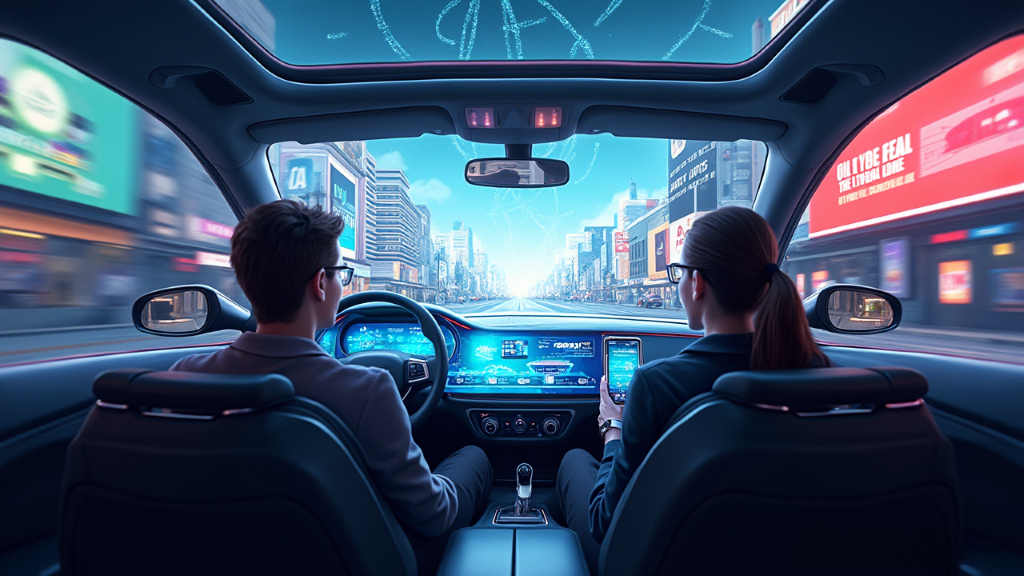
The AR advertising market is projected to grow to $37 billion by 2028, driven by advancements in AR hardware and increasing adoption of AVs. Here’s what the future might hold:
Collaborative Ecosystems: Partnerships between automakers, AR developers, and advertisers will drive innovation. Companies like Tesla, Google, and Apple are well-positioned to lead this integration.
Advanced AI Integration: AI can enhance AR experiences by predicting passenger preferences and tailoring ads accordingly. For instance, machine learning algorithms could analyze traffic patterns to time promotions for nearby restaurants during peak hours.
Immersive Commerce: AR advertising could transform AVs into mobile shopping platforms, enabling passengers to browse and purchase products without leaving the car.
Conclusion
AR advertising in autonomous vehicles represents the convergence of technology, personalization, and mobility. By leveraging real-time data and AR interfaces, advertisers can create compelling, context-aware experiences that engage passengers in unprecedented ways. While challenges remain, the potential for brands to deliver meaningful and impactful promotions through this medium is immense.
As the adoption of AVs accelerates, businesses that embrace AR advertising will gain a competitive edge, tapping into a captive audience during transit and redefining the future of location-based marketing.
- What do a well-balanced diet and a well-balanced content strategy have in common?
- Stories are the future of digital marketing
- Organic Content Marketing – A powerful tool to reckon with
- Content is King, but distribution rules the land. Are you invested in it?
- Three Content Marketing Predictions For 2018
- 3 Ways Chatbots Are Revolutionizing Customer Experience In Content Marketing
- 3 ways to balance promotional content with useful information to win the content game
- Organic Content Marketing – A powerful tool to reckon with
- What do a well-balanced diet and a well-balanced content strategy have in common?
- Mirror on the wall who is the real thought leader among all
- Do you have your CEO’s vote for your thought leadership campaign yet
- Pretty pictures and messages not enought to creat a brand anymore
- 5 reasons why you need Thought Leadership
- 3 reasons why organisations should drive reputation management through thought leadership
- Create Result-oriented Content Now
- Tips to Keep the Content Strategy for the Technology Industry Audience
- 5 ways Corporate Blogging helps you stay ahead!